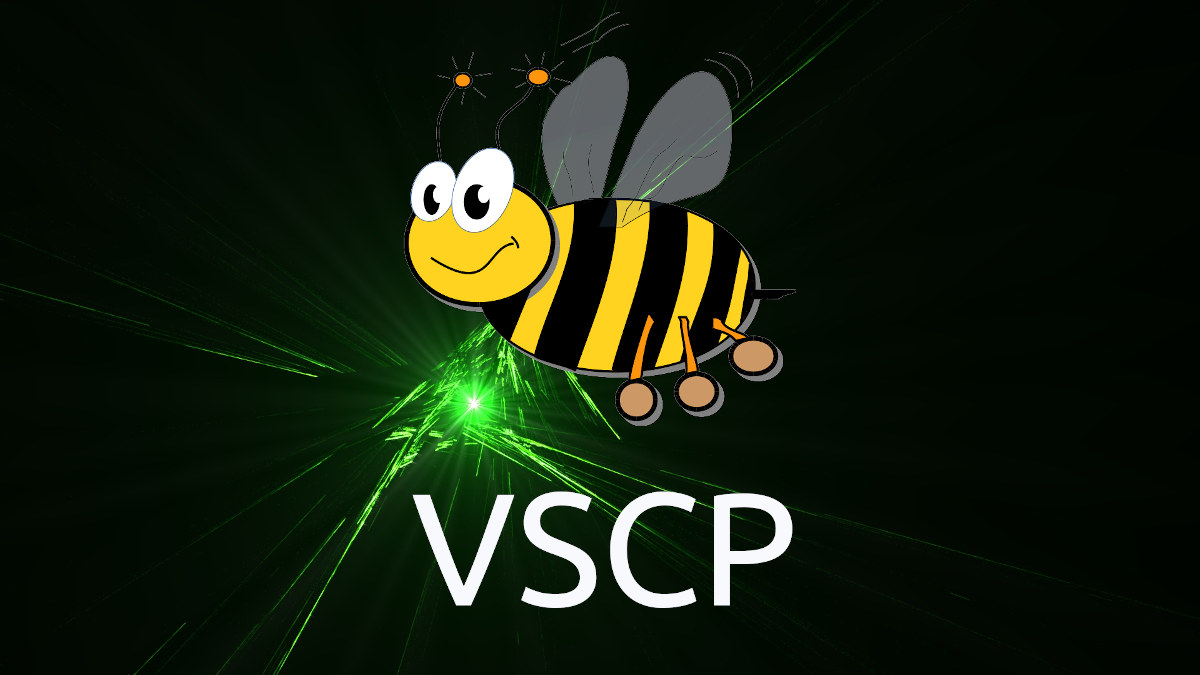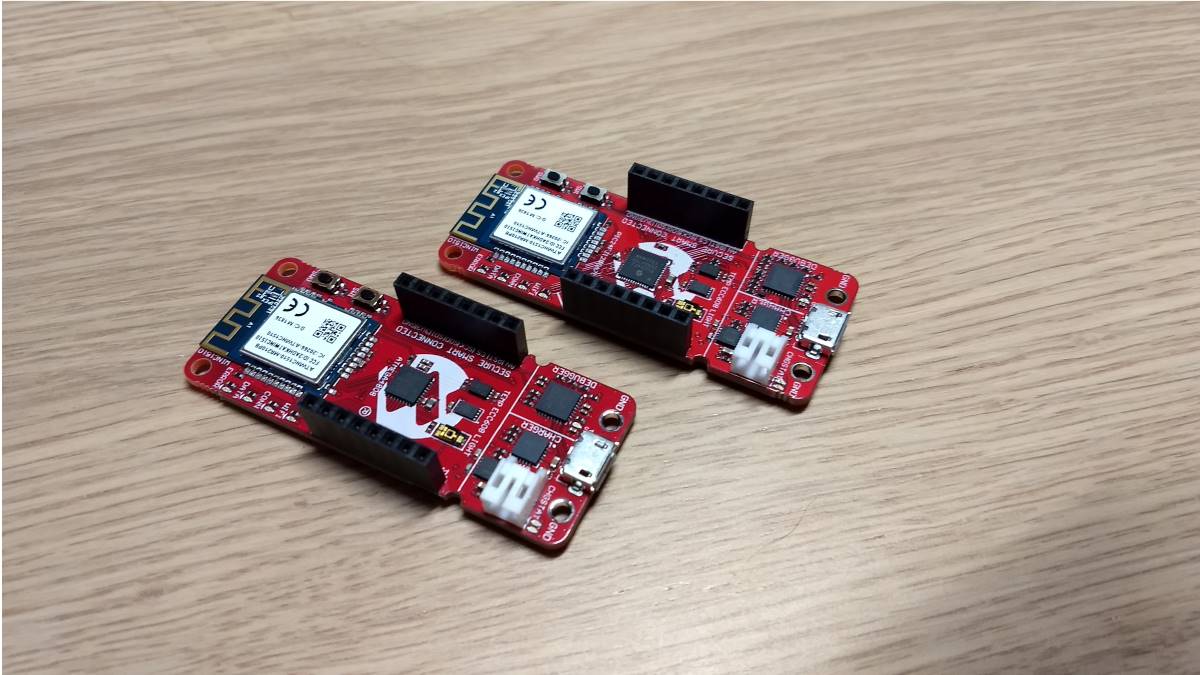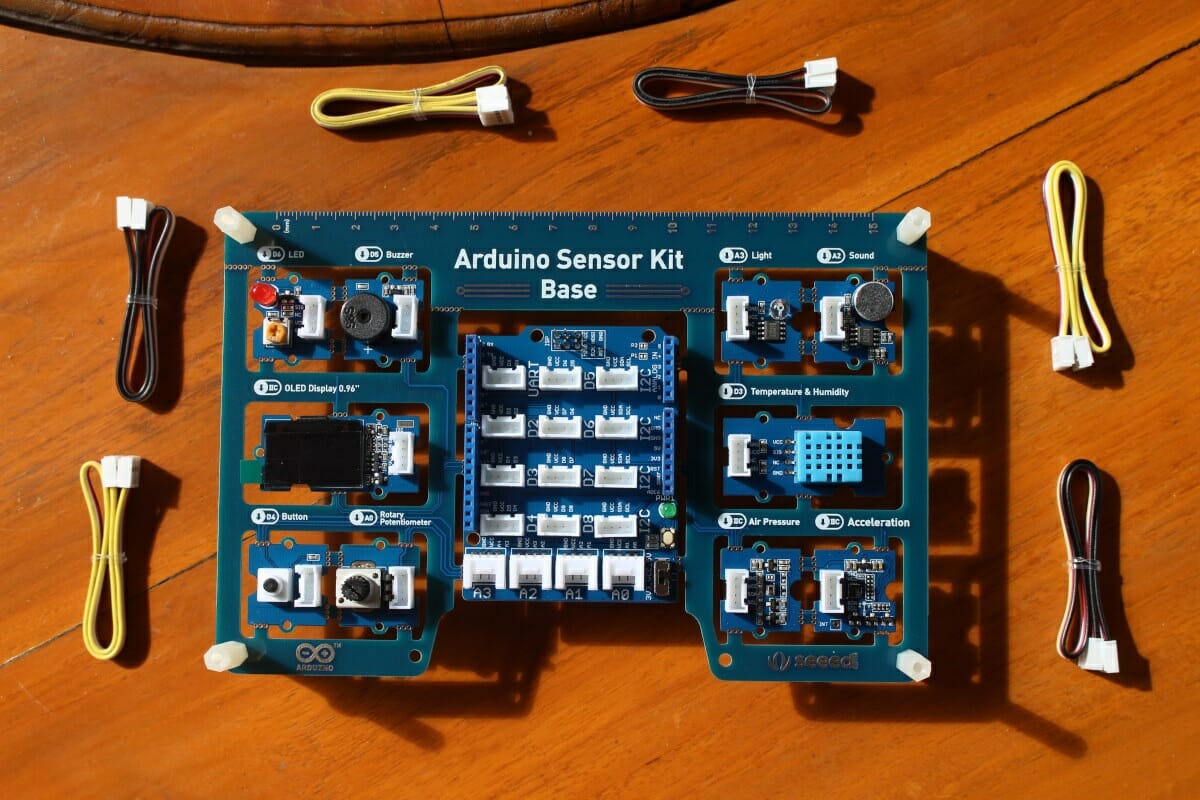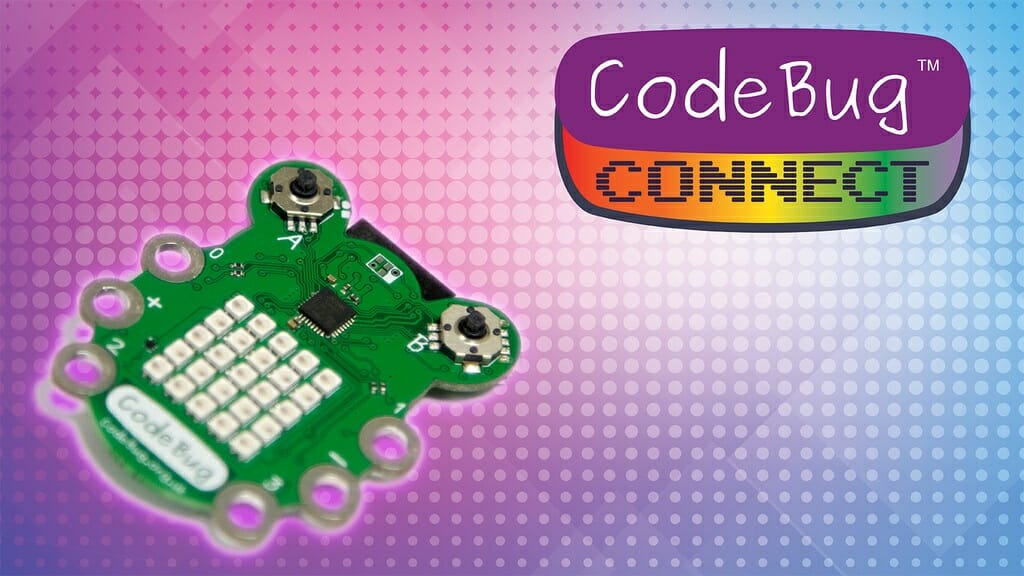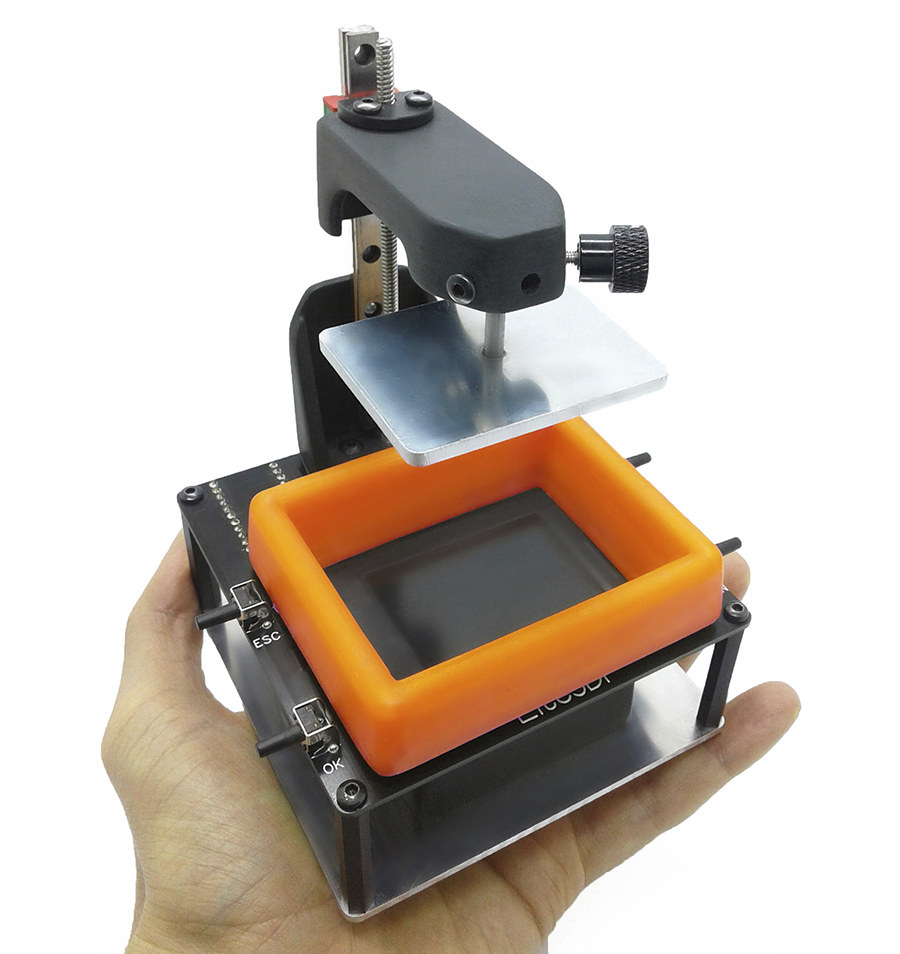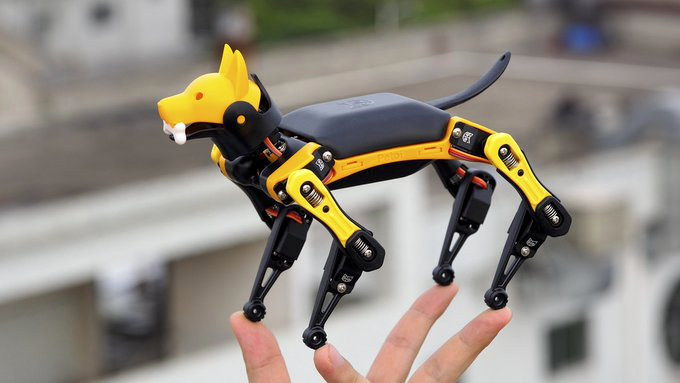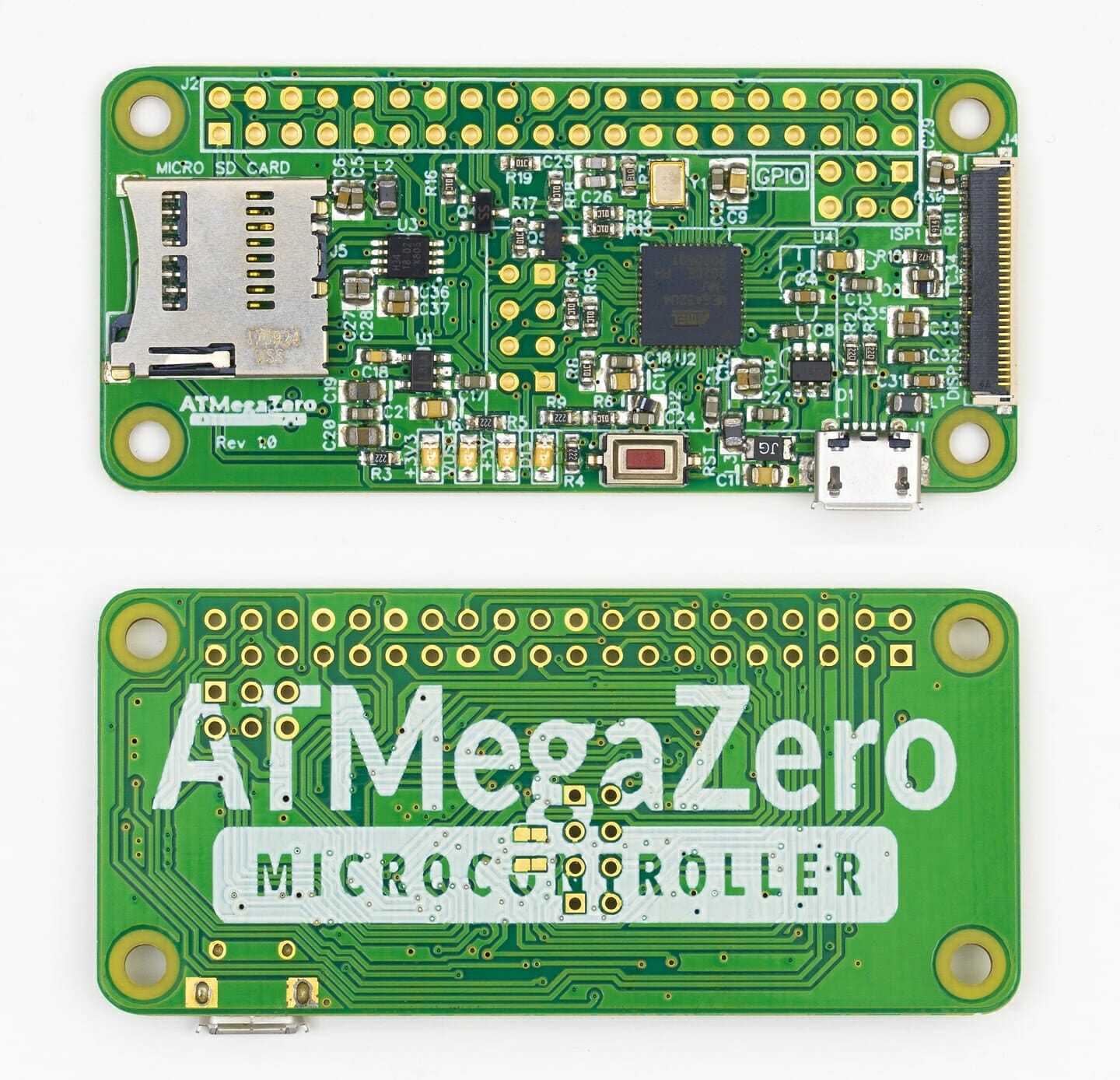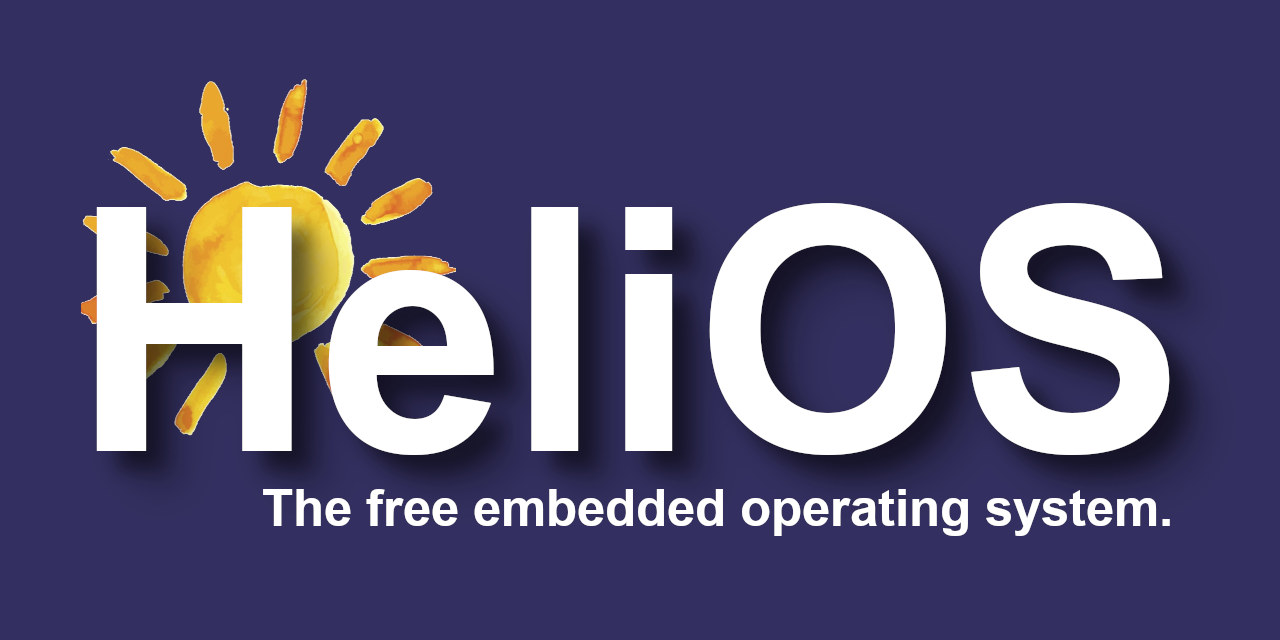VSCP (Very Simple Control Protocol) is an open-source IoT framework that works on development boards like Arduino or Raspberry Pi, and lets you control IoT home automation tasks. The framework is highly scalable, has a very low footprint, and as such is specially designed for resource-limited devices. VSCP is an open-source standard protocol for m2m, IoT and other remote control and measurement applications. It enables simple, low-cost devices to be networked together with high-end computers and/or to work as an autonomous system, whatever the communication media is. The VSCP Protocol has two levels: Level 1 and Level 2. The protocol was primarily used in CAN networks (that is Level 1 for tiny microcontrollers) because CAN is cheap and reliable with high efficiency. However, VSCP can be used for faster transport layers such as TCP/IP, so here comes Level 2 which achieves better performance. We have already seen Souliss, an open-source […]
IoT development board comes with AVR or PIC MCU, WiFi module
Microchip AVR-IoT and PIC-IoT development boards have AVR and PIC MCUs respectively, which enables a simple interface between embedded applications and the cloud. The IoT development boards can securely transfer data to Amazon Web Services (AWS) IoT platform with a WiFi connection. The IoT development boards also include an onboard debugger which can be used to program and debug the MCUs without any need for external hardware. The IoT development boards also have an integrated lithium battery charger, which makes it a rechargeable device and allows easier deployment for a “ready-to-go solution.” The AVR-IoT WA development board integrates the ATECC608A CryptoAuthentication chip for security protocols and the ATWINC1510 Wi-Fi network controller for connectivity. The development board combines the ATmega4808 MCU 8-bit AVR MCU running at up to 20 MHz and offers a wide range of flash sizes up to 48 KB. The unit uses a “flexible and low-power architecture, including […]
Arduino Sensor Kit Base is a large shield for Arduino UNO with 10 modules
Earlier this year, Seeed Studio introduced the Grove Beginner Kit for Arduino that included the Arduino UNO compatible Seeduino Lotus board placed at the center and ten pre-wired and detachable Grove modules to get started with sensors on Arduino with no cabling whatsoever apart from the USB cable. Arduino must have seen and liked the design, and Seeed Studio has collaborated with the Italian company to create the Arduino Sensor Kit Base with a very similar design, but with a twist as instead of an all-in-one platform with modules and an Arduino board, it’s a very large shield that seats on tops of Arduino UNO. The Arduino Sensor Kit base includes the following: Base shield with 16 Grove connectors, instead of just 12 Grove connectors on the Beginner Kit, including 7x digital connectors, 4x analog connectors, 4x I2C connectors, and one UART connector; A 3.3V/5V voltage switch is also included […]
CodeBug Connect IoT development board is designed for young makers (Crowdfunding)
In 2015, a UK-based team launched a mini IoT development board called CodeBug. The same team has now come up with the CodeBug Connect IoT Development Board. CodeBug Connect is a new wearable micro-computer that brings IoT to everyone and aimed at educators and young makers. Upgrade to the original CodeBug This comes as an upgrade to the original CodeBug. The new development board retains its original cuteness and petite proportions but adds full color to the grid of 5×5 LEDs. The original buttons have been upgraded to mini joysticks, making them more suitable for games. The touch-sensitive, croc-clip connectors ‘legs’ that serve as I/O pins remain, as does the 0.1” header socket. “This year has shown our reliance on connected technology — with CodeBug Connect we wanted to make this technology accessible so everyone can build their own IoT devices and no one is left behind. The technology in […]
$89 Lite3DP resin 3D printer fits in the palm of your hand (Crowdfunding)
I thought Selpic A-star 3D printer we recently covered was already small, but if you’re looking for an ultra-portable printer, it will be hard to beat the Arduino-based, open-source hardware Lite3DP resin 3D printer that can fit in the palm of your hand, and weighs just around 350 grams. That also means a pretty small build volume of just 45.1 x 33.8 x 70 mm, so it’s really for small objects, and for instance, a typical Raspberry Pi case could not be printed. But let’s have a look. Lite3DP printer’s key features and specifications: Electronics – All-in-one PCB with Arduino Pro Mini, a driver for the stepper motor, a module for a microSD card, and a screen with dual-functionality. Technology – MSLA // LCD-SLA Resolution – XY: 0.14 mm; Z: 0.05 and 0.1 mm Build volume (W x L x H) – 45.1 x 33.8 x 70 mm Tray volume […]
Petoi Bittle Palm-sized Robot Dog uses Arduino and Raspberry Pi for STEM education (Crowdfunding)
You’ve probably already watched a video featuring Boston Dynamics Spot, a headless robot dog used in various industries including healthcare, public safety, construction, oil & gas, etc.. It could also be yours if you wanted a robotic pet dog at home, as long as you have $75,000 US to spare. Petoi Bittle looks eerily similar, but it’s much smaller as it fits in your palm, and could be yours for $225 on KickStarter as a kit to assemble yourself that you may get as soon as December. Bittle robot dog is designed for STEM education and can be programmed using the Arduino IDE, Python, or even Codecraft visual programming IDE. Bittle is comprised of 4 main hardware components: Plastic parts and fixtures – Body, four legs, head (which can be used to hold Arduino modules), springs, screws, etc… Actuators – 9x P1S servo with a controllable angle of 270 degrees, […]
Raspberry Pi Zero Inspired ATMegaZero Arduino Compatible Board Launched for $24.90
When we reported about ATMegaZero, an Arduino Leonardo compatible board following Raspberry Pi Zero form factor last July it was not available for sale just yet. The good news is that the Microchip ATmega32U4 board is now available on GroupGets for $24.99 plus shipping. The group buying campaign is expected to end around September 30th, and the boards will ship right after that. Here’s a reminder about ATMegaZero specifications: MCU – Microchip ATmega32U4 microcontroller running at 16MHz with 32KB Flash, 2.5KB SRAM, 1KB EEPROM (Arduino Leonardo compatible) Storage – MicroSD card Display – 32-pin OLED display port compatible with 30-pin SSD1306 and SSD1331 based displays Wireless Connectivity – 8-pin header for optional ESP8266 ESP-01(s) WiFi module Expansion – 40-pin Raspberry Pi-inspired GPIO header with UART, SPI, I2C, analog input signals Debugging & Programming – Micro USB port, 6-pin ICSP header Misc – 4x LEDs, reset push-button Power Supply – 5V […]
HeliOS is a Tiny Embedded OS Designed for Arduino Boards
Mannie Peterson (aka FellFromTree) has developed an embedded operating system called HeliOS that’s designed specifically for 8-bit and 32-bit Arduino boards, and can easily be used from the Arduino IDE. HeliOS is said to have only 21 function calls and implements cooperative and event-driven multitasking, task notification/messaging, timers, and memory management. It’s a non-preemptive multitasking kernel so you won’t have to deal with mutexes. The developer explains how scheduling works with HeliOS: HeliOS uses a run-time balanced strategy which ensures tasks with shorter run-times are prioritized over tasks with longer run-times. This ensures all running tasks receive approximately equal total run-time without using context switching. The other multitasking option available in HeliOS is event driven multitasking, which uses the wait/notify and timer interfaces. Mixing cooperative and event driven tasks in HeliOS is not a problem. To give it a try, simply open the Arduino IDE Library Manager, search for “HeliOS” […]


